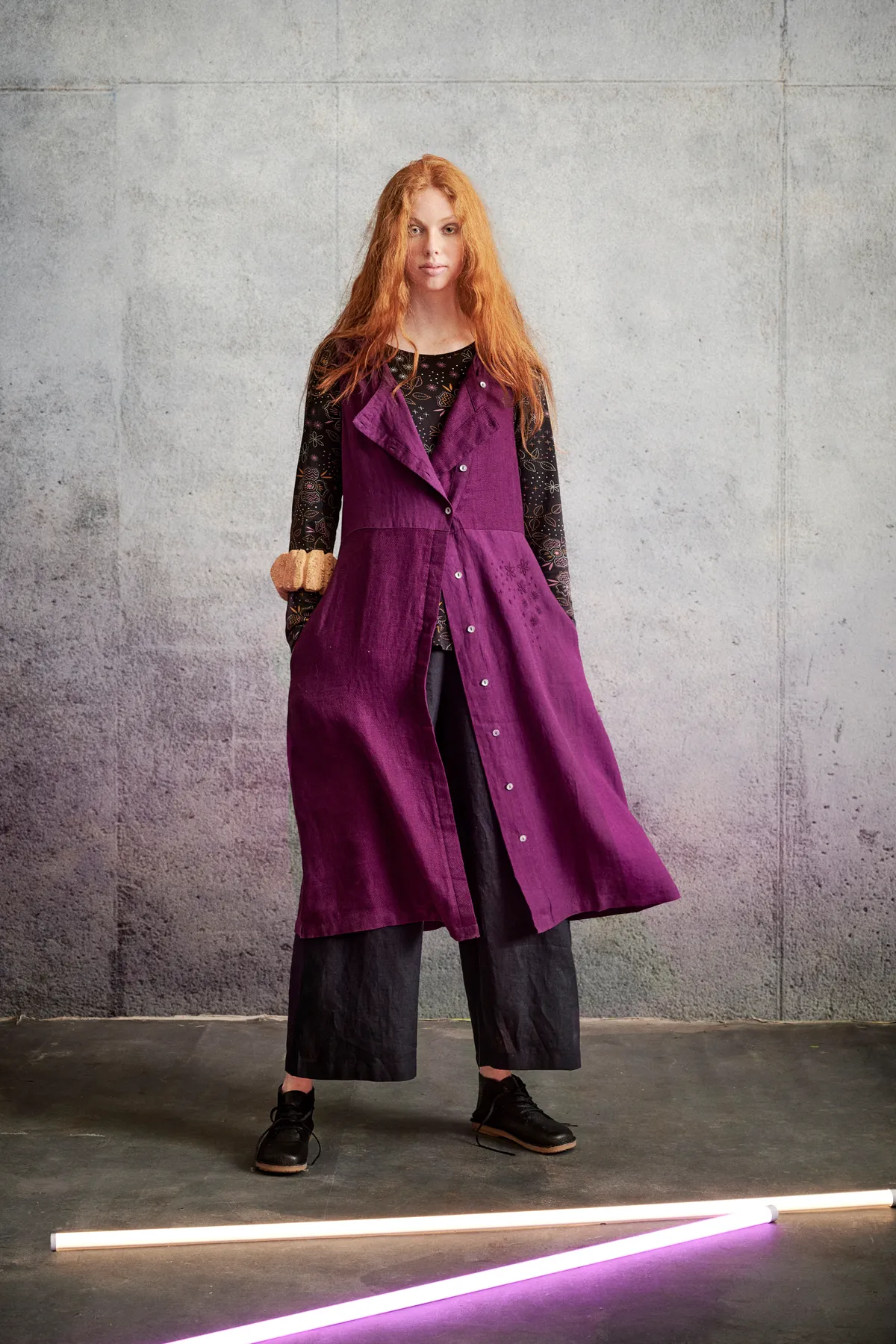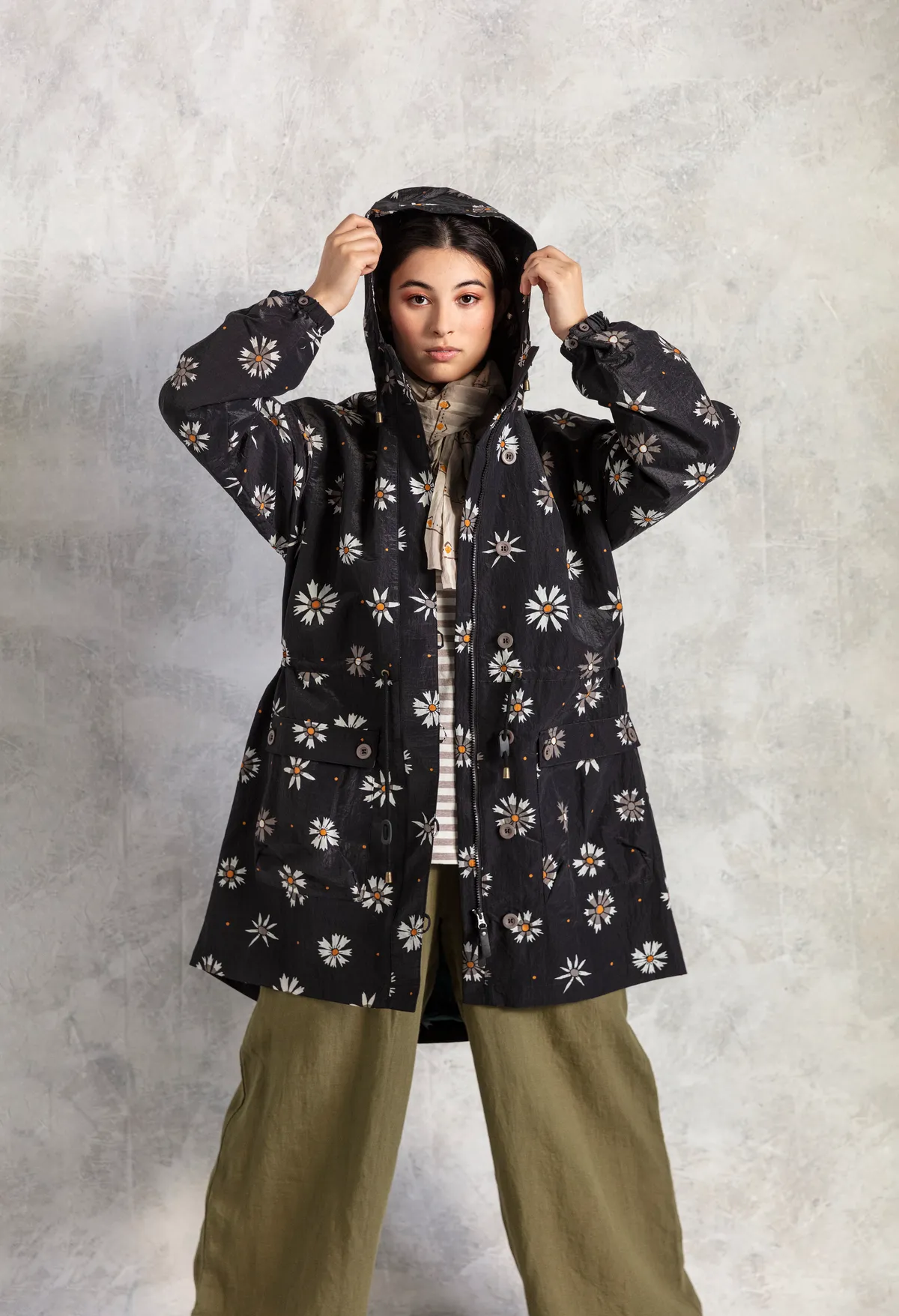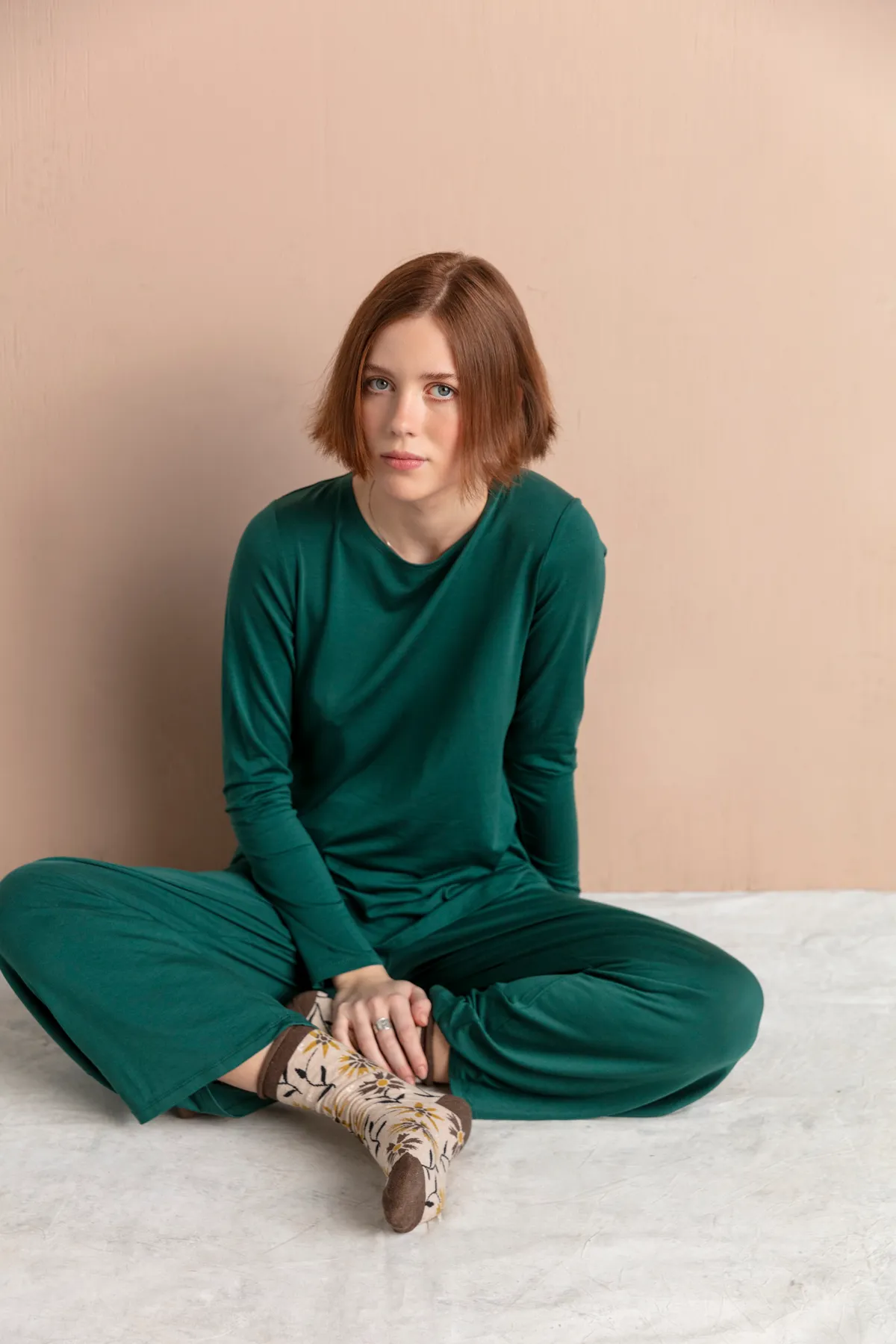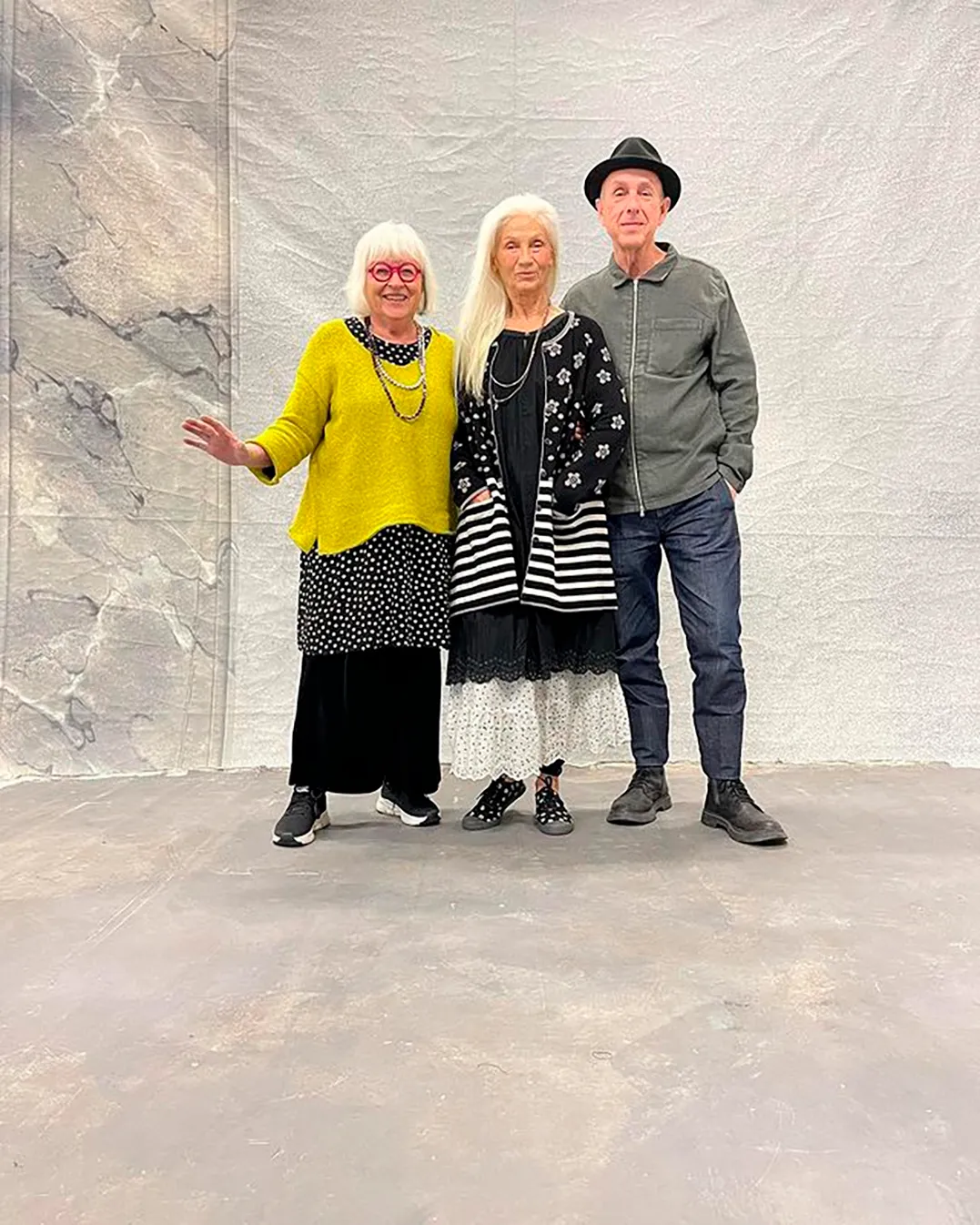Thousands of textiles are produced every day and most of these are used to create the clothes we wear every day. Textile production is one of the biggest industries on the planet but it's often criticised for its negative environmental impact. Thanks to the recent sustainable fashion movement, many brands and manufacturers are now stepping up and creating eco-friendly alternatives. These alternatives are commonly known as natural textiles.
Natural textiles are being used more and more in both designer and high street fashion. They have many practical and environmental advantages over synthetic materials making them a go-to for fashion designers such as Gudrun Sjōdén. To help you understand the world of natural textiles, we're going to break down exactly what they are and why they're great. You'll also find four examples of natural textiles and how they've been used in Gudrun Sjōdén's new autumn collection.
What are natural textiles?
Natural textiles are fabrics that are made from fibres found in the natural world. These fibres can be derived from animals or plants. They are then spun and woven together to make fabrics such as linen, cotton, hemp, bamboo, and much more. These natural textiles have many benefits but they're mainly applauded for their sustainability. Most natural textiles are biodegradable and use less water/energy to produce. They're also loved stylistically as they're breathable, naturally dirt repellent, and durable.
Natural textiles are becoming increasingly popular in the fashion world and will be seen in many upcoming autumn/winter collections. Here are four natural textiles you can expect to see on the catwalk this September.
Natural textiles for an eco-friendly Autumn 2022
1. Flax-based textiles
Flax has been used for centuries and is making a resurgence in modern fashion. Flax and dew-retted flax is turned into high-quality linen using an all-natural method. Praised for its smoothness, dirt-repelling properties, and washability, linen textiles are both practical and feel beautiful to wear. In their new collection, Gudrun Sjōdén has used this natural textile to create flowing dresses, tunics, and blouses. Lightweight linen is perfect for layering, which is needed when it comes to temperamental Autumn weather! Pair their Ori linen pinafore dress with a long-sleeved top and chunky boots for the perfect transitional outfit.

2. Recycled textiles
Recycled textiles are a brilliant and eco-friendly way of reusing scrap fabrics. Off cuts from the fashion industry are shredded, melted, and turned into new polyester fabrics. Cotton, polyamide, and wool are the most common types of scrap fabrics and can be turned into elegant new pieces. Loved by the public and the fashion industry for their sustainability, recycled textiles are going to be a favourite this autumn. Gudrun Sjōdén is leading the way in their latest autumn collection. Using recycled polyamide, they have created a line of flattering parka coats which will keep you dry throughout those autumn showers. These parka coats are a great example of reusing fabric that would otherwise go to a landfill.

3. Organic textiles
Soft, sustainable, and with a beautiful finish, organic textiles will be to be a go-to this autumn. Organic cotton is one of the best natural textiles on the market. The production of organic cotton uses fewer greenhouse gases and less water than other textiles making it the ideal eco-option. Organic basics will become a staple in many wardrobes this autumn but Gudrun Sjōdén has taken it one step further. Their organic cotton is also organically dyed meaning you can wear it guilt-free! Many of their autumn collection staples are made from organic cotton including their moss stitch knit cardigan, jersey dresses, and tunics.

4. Regenerated fibre-based textiles
Regenerated fibres is a modern textile that has many brilliant properties. It's made from naturally grown organic material which is dissolved and regenerated into new fibres. Viscose is an example of a regenerated fibre as are lyocell and modal. Lyocell and modal is a great natural textile as it's gentle against the skin. It's also one of the most environmentally-friendly fibres on the market making it a win-win for fashion designers. You can find lyocell and modal throughout the Gudrun Sjōdén autumn collection. Their Hi jersey top is a lovely example of regenerated fibres creating a cosy clothing basic.

Fighting fast fashion with natural textiles
Natural textiles are increasingly becoming the go-to fabric in the fashion industry. Not only are they kind to the skin and practical for modern life but they're also sustainable. As we move away from fast fashion, natural textiles will be used more and more to create pieces which last. Eco-friendly collections for the upcoming autumn and winter season will continue to prioritise natural textiles, setting the stage for a more environmentally conscientious fashion industry in the years to come.

Sustainable autumn style from Gudrun Sjōdén
Make sure you head over to Gudrun Sjōdén's to shop their autumn line featuring natural textiles. You can also learn how they use natural fabrics and how they incorporate traditional crafts into their collections.